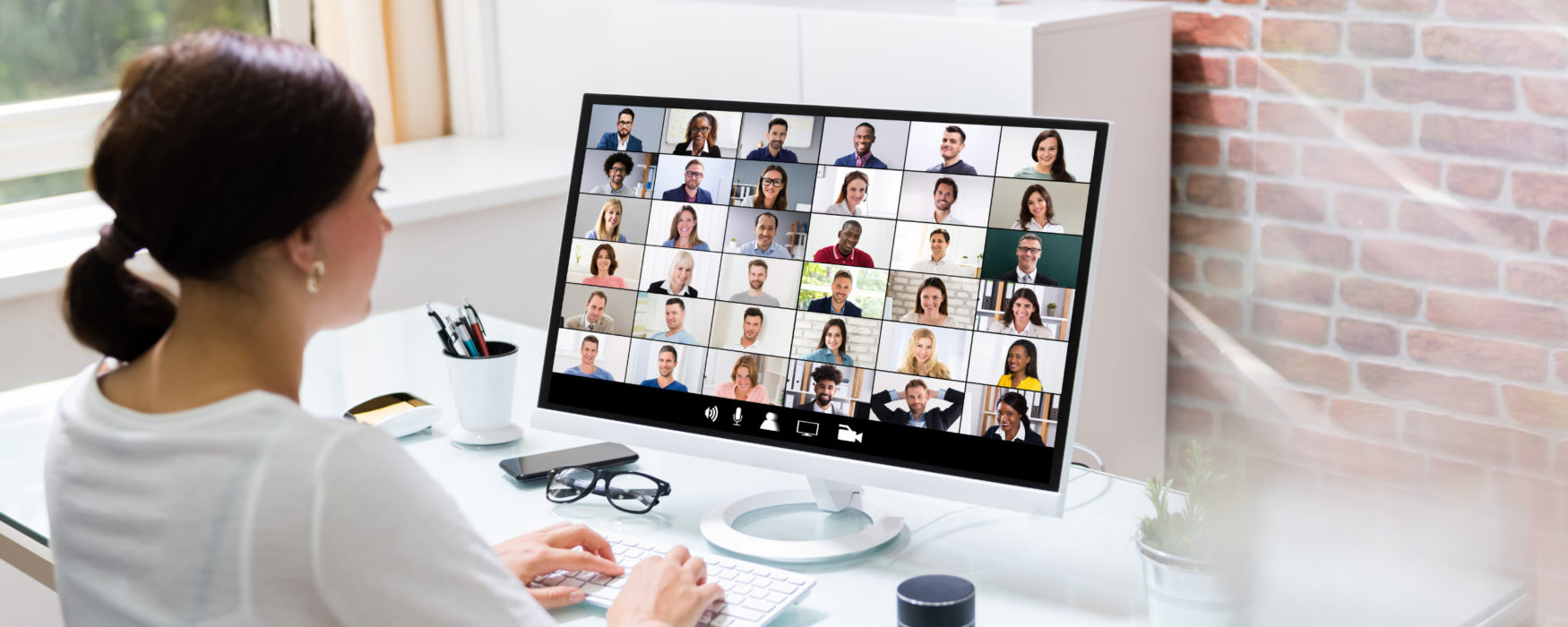
By Heather Nezich, courtesy of SBAM Approved Partner ASE
A recent EPTW poll showed that 61% of respondents were feeling zoom fatigue, and now there is research to confirm that it’s real. Stanford Virtual Human Interaction Lab (VHIL) examined the psychological consequences of spending hours per day on video platforms and found that video calls are tiring people out – creating zoom fatigue.
The research found four main reasons for zoom fatigue:
- Excessive amounts of close-up eye contact are very intense. The constant eye contact and the size of the faces on the screen is unnatural. In a typical videoconference call, you can see all the faces all the time. It’s very difficult to focus on just the person speaking as you would do in person. Eye contact is greatly increased. According to Professor Jeremy Bailenson, founding director of VHIL, “Social anxiety of public speaking is one of the biggest phobias that exists in our population. When you’re standing up there and everybody’s staring at you, that’s a stressful experience.” When you are on a zoom call and you feel like everyone is staring at you, it feels like that same experience.
Solution: Bailenson recommends sitting further away from your monitor and taking the video platform out of full screen mode in order to minimize face size.
- Seeing yourself constantly during video chats is exhausting. When you are face-to-face, you can’t see yourself. However, in a video meeting you can always see yourself, which is not natural. It’s like looking in a mirror. Studies have shown that when people see a reflection of themselves, they are more critical of themselves. “It’s taxing on us. It’s stressful. And there’s lots of research showing that there are negative emotional consequences to seeing yourself in a mirror,” stated Bailenson.
Solution: Utilize the “hide self view” button. In most cases, this can be achieved by right clicking on your video image.
- Videoconferencing greatly reduces mobility. When you are in-person or over the phone, it’s easy to get up and walk around. But on a video call, you must remain seated in from of your computer. Studies have shown that cognitive performance improves when moving around.
Solution: Options to improve this include utilizing an external camera that can be farther away from you. This will allow you to remain on screen while moving around. In addition, turn your camera off from time to time.
- Video meetings/calls produce a larger cognitive load. People need to work harder to send and receive nonverbal cues to one another when not in person. When in person, non verbal cues occur naturally. When videoconferencing, it requires significantly more thought. For example, “If you want to show someone that you are agreeing with them, you have to do an exaggerated nod or put your thumbs up. That adds cognitive load as you’re using mental calories in order to communicate,” said Bailenson.
Solution: If you can, give yourself an audio-only break. Turn the camera off and minimize your screen.
Bailenson and several colleagues have created a Zoom Exhaustion & Fatigue Scale (ZEF) to help measure how much fatigue people are experiencing in the workplace due to videoconferencing. To participate in that research study, click here and fill out the questionnaire.